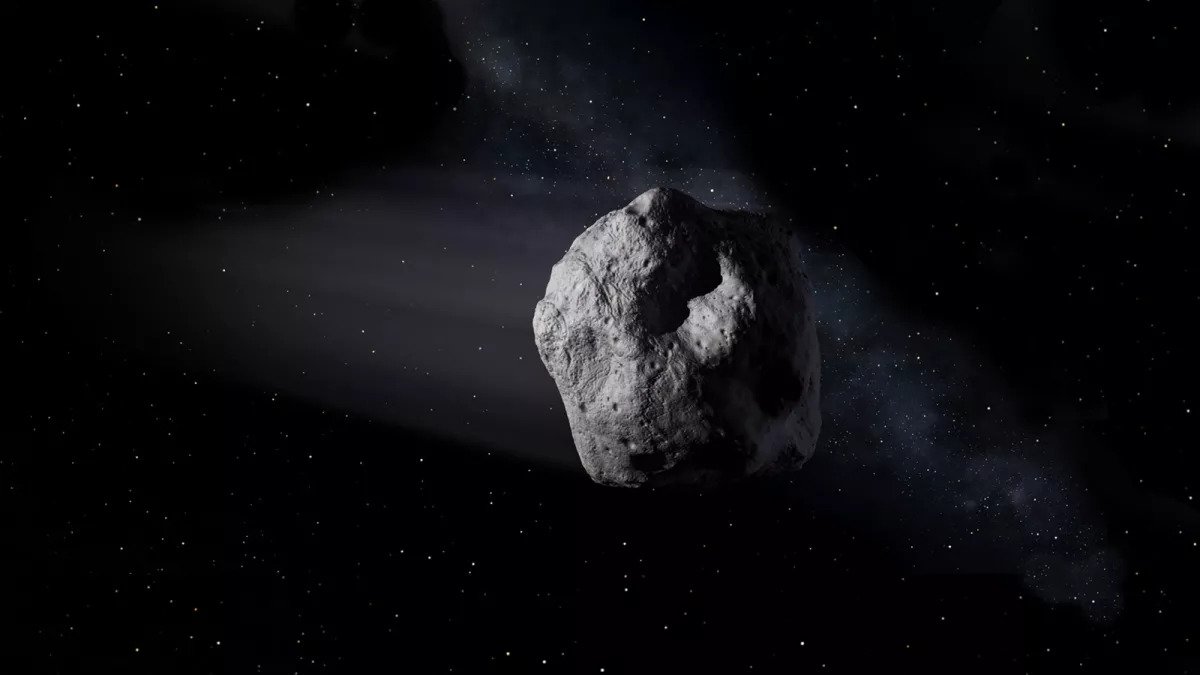Chinese scientists have proposed launching a group of observation probes into an orbit close to Venus’ orbit. They will be able to track about 2 thousand potentially dangerous asteroids known to date.

Tracking potentially dangerous asteroids
Scientists from the Beijing Institute of Technology and the Chinese Academy of Sciences proposed to create a small grouping of probes in orbits close to Venus’ orbit. They have to track asteroids that are dangerous to the Earth.
Dangerous objects are those which size exceeds 140 m, and which approach us at a distance of less than 7.68 million km (4.65 million miles). There are 2,072 of them today. Rejecting them is quite a complicated matter, so it is necessary to prepare in advance.
And to do this, it is necessary to measure their movement in space with high accuracy. And from orbits that are close to Venus’ orbit, this is the easiest to do. Scientists propose to implement this idea in a grouping of probes called CROWN.
Why are asteroids good to track from Venus’ orbit?
The main reason why scientists paid attention to Venus’ orbit is the convenience of observing and transmitting information. In order to cover the entire near-Earth space, only six probes in orbits will be enough, which will be located near Venus and will allow them to approach the Earth from time to time.
This arrangement turned out to be even better than one device hanging at the L1 point between the Sun and the Earth at a distance of 1.5 million km from our planet. The CROWN should also include an orbital telescope. And now it is planned to be placed at the Lagrange point. Only not terrestrial, but Venusian.
In addition, China plans not only to observe asteroids. Until 2026, it should conduct an experiment similar to DART, carried out by NASA. It will provide for an attempt to change the trajectory of a celestial rock by colliding with a spacecraft.
According to www.space.com
Follow us on Twitter to get the most interesting space news in time
https://twitter.com/ust_magazine

